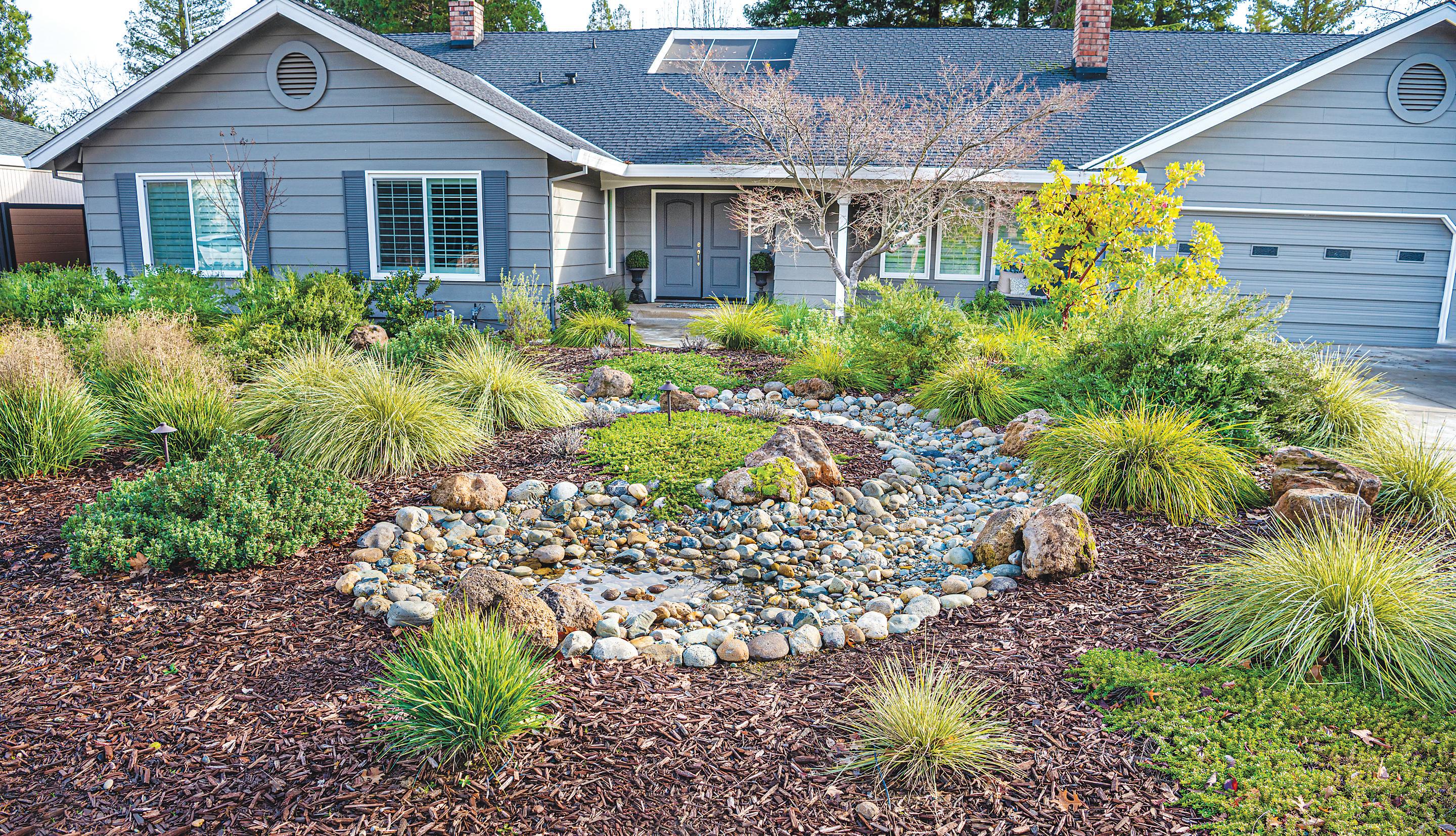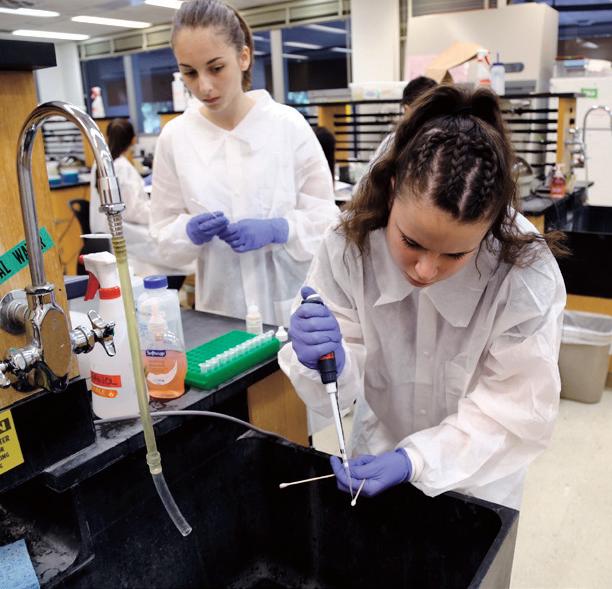
3 minute read
D V DV
By Dan Vierria Garden Jabber
Perhaps your Sacramento landscape has evolved into a relic, a ’65 Rambler in a Tesla world. Maybe it’s time for change?
Our beloved city enters another season of gardening, signaling renewal and an opportunity to plan for a modern landscape. Increasing cost, scarcity of water and changes in weather patterns make it obvious things aren’t the same.
Central Valley farmers decline to plant some fields because there’s not enough water for irrigation. Water districts raise prices for residential water. The wine industry laments too much heat for certain grape varietals.
As our friend and gardening podcaster Farmer Fred Hoffman says, “If it says ‘full sun’ it should now be ‘afternoon shade’ for warm-season, fruiting vegetables, such as tomatoes and peppers. Hell, most of my citrus was sunburned, too. And the persimmons.”
We have options. Remain in the comfort zone and do nothing, begin making landscaping changes that conform to weather patterns, or go with a modern landscape.
“We have found that many people are now open to change in their gardening aesthetic,” says Karrie Reid, horticulture consultant and recently retired UC Cooperative Extension adviser in landscape and urban horticulture.
She cites persistent water restrictions by state and local municipalities and increased population without additional water storage capacity as primary reasons for changing minds. Not everybody is willing to transition their garden.
“Some have only seen poor examples of water conserving landscapes, for others the idea of somebody telling them what to do is an affront,” she says.
“Some just don’t know where to start and fear the cost of the conversion.”
Where to start goes like this, according to Reid:
Examine what you have and what you want to keep. Priorities include healthy, mature trees. Get rid of waterguzzling, high-maintenance, unhealthy plants. Keep a few water guzzlers as long as they are grouped together and on the same irrigation schedule.
Assess your current irrigation system. Can it be converted to drip? Does it need replacement? The only sprinklers needed would be for small patches of lawn or low-growing ground covers. Install a “smart” controller so each valve can be efficiently managed. Decide what you want to emphasize, like seasonal color, interesting foliage or pollinator-attracting plants. Search for water-efficient plants.
Once planting and irrigation are complete, apply 2 to 3 inches of organic mulch. Wood chips and bagged bark are common.
Consider installing or replacing concrete pathways with permeable paths. Permeable surfaces include decomposed granite, flagstone, pavers with sand joints, or bark. The goal is a surface that allows water to soak through rather than run off.
Time for some sobering news. Right behind large areas of lawn, those magnificent coast redwoods that dot Sacramento neighborhoods are among the worst landscape choices.
“The United States Forest Service determined that the average redwood in the Central Valley requires 500 gallons of water a day to remain healthy,” Reid says. “That is just mind-boggling. They are terribly difficult to grow anything under because the roots are so extensive and so efficient at guzzling the water around them.”
According to Reid, many of Sacramento’s coast redwoods are in poor health because of drought years. She recommends more water-efficient conifers that adapt to dry, hot summers.
Other poor choices are magnolia trees and big mophead hydrangeas.
Ann Whitten, DDS General and

“They both suffer without a steady diet of heavy water during our summers,” Reid says. “Better to select trees that are not native to humid, wet summer areas and replace those hydrangeas species with the oak leaf varieties that bloom beautifully but perform well on low water in part shade.”
Research a modern Sacramento landscape online by searching these sites: UC Davis California Center for Urban Horticulture, Sacramento Tree Foundation and Sacramento County Master Gardeners. Not only will you discover in-depth information, but plant lists and recommendations for our region.


Dan Vierria is a University of California Cooperative Extension Master Gardener for Sacramento County. He can be reached at masterg29@ gmail.com. For answers to gardening questions, contact the UCCE Master Gardeners at (916) 876-5338, email mgsacramento@ucanr.edu or visit sacmg.ucanr.edu. Previous columns can be found and shared at InsideSacramento.com. Follow us on Facebook, Twitter and Instagram: @insidesacramento. n
June 19 – 23
June 26–30
July 10 – 14


July 17– 21
July 24– 28
Browsethecourse descriptions at: cce.csus.edu/youth-programs










